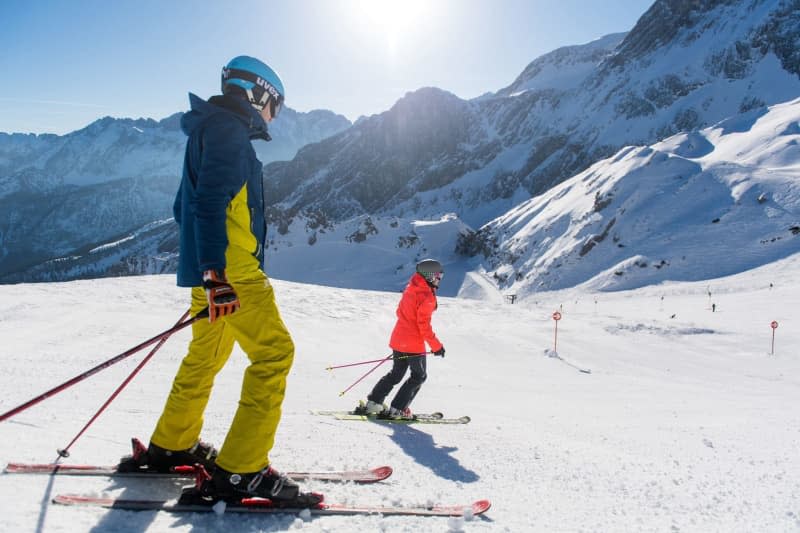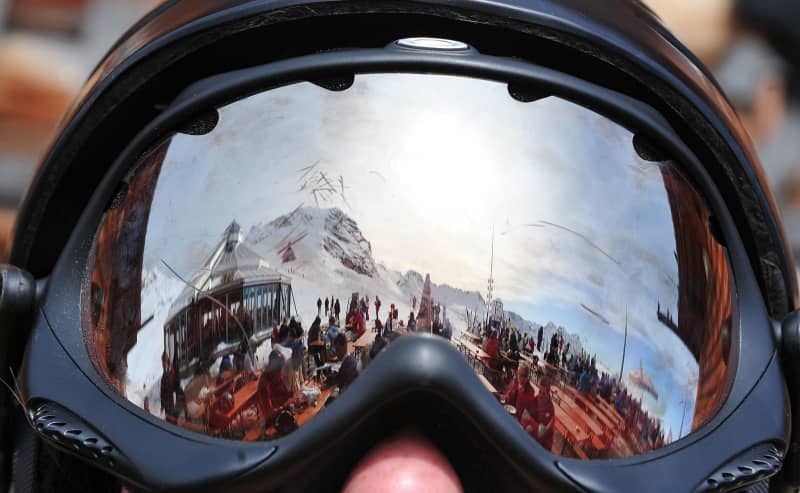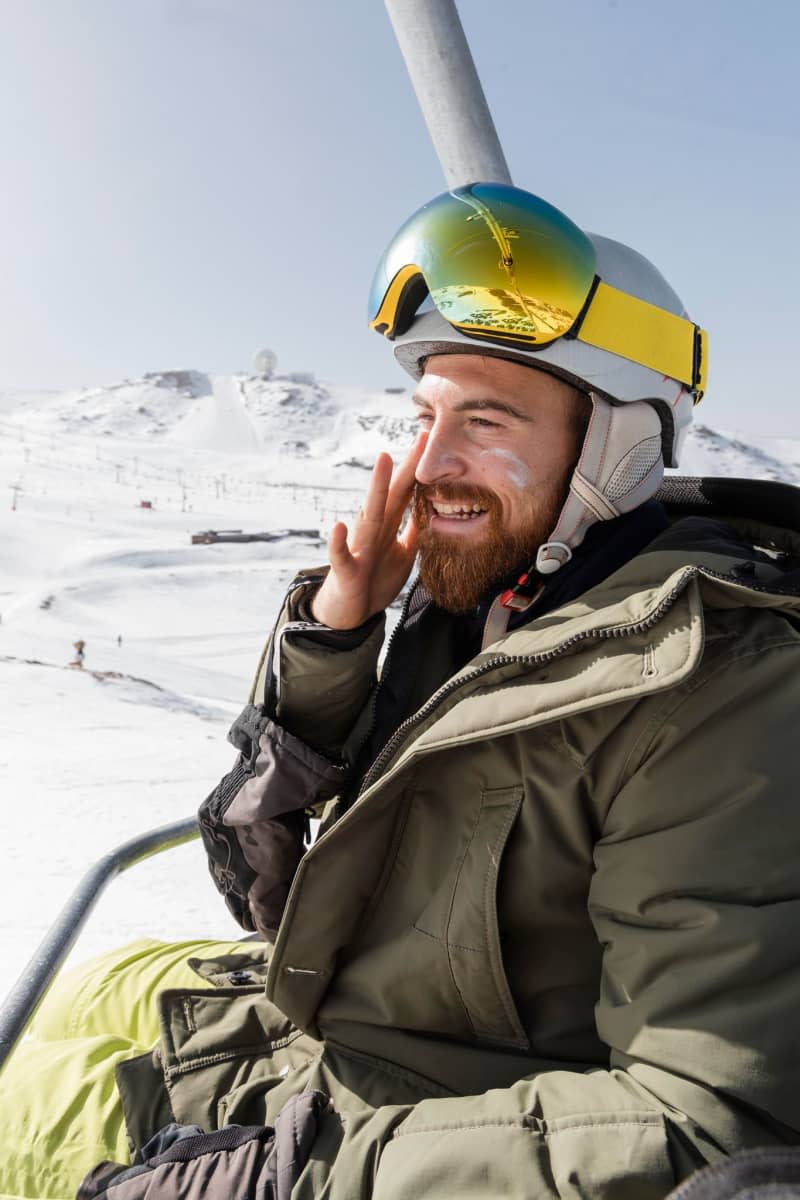Yes, you need sunscreen in winter: Tips for winter sports enthusiasts

When you pack for a summer holiday, you probably make sure to bring sunscreen along. But sun protection is also a must for a winter holiday in frosty climes - ultraviolet (UV) radiation from the sun can damage your skin and eyes when it's freezing outside too.
"Our skin forgets nothing," says Mark Berneburg, secretary general of the German Dermatological Society (DDG). "Every instance of damage adds to the total damage, so to speak" - and increases the risk of skin cancer.
Two factors make proper sun protection in winter in the mountains especially important. "White, snow-covered surfaces reflect sunlight, increasing its intensity," says Dr Thomas Katlun, who heads the sports ophthalmology department of the Professional Association of Ophthalmologists in Germany (BVA).
This means that harmful UV rays strike the skin and eyes not only from above, but also from the side.
The second factor is that the skin and eyes can't protect themselves as well in the cold - the skin because its blood supply is somewhat diminished. And "cold, dry air dries out tear fluid, which is important in invigorating and regenerating the upper levels of the eye," explains Katlun.
Whether it's skiing, snowboarding, sledging, snowmobiling, hiking or something else that you go for, there's one important thing that winter sports enthusiasts almost certainly do, namely cover most of their body with clothing.
"If you're bundled up and wearing a ski mask, helmet and gloves, you're exposing your skin to as little sunlight as possible," says Berneburg.
So it's mainly your face that requires sunscreen. But you should also apply sunscreen to your hands, ears and back of your neck, according to Berneburg, who recommends using one with a sun protection factor (SPF) of at least 30.
And it should protect not only against UVB rays, which are responsible for most sunburns, but also the longer UVA wavelengths, he adds. This will be marked on the package.
Ideally, the sunscreen is one that you know won't burn your eyes, because some can easily get into them when you sweat. It's also good if it has a rather fatty consistency so as to better protect your skin from the cold.
"Don't hesitate to apply it liberally," Berneburg says. Once in the morning isn't enough, as its effectiveness gradually decreases - for example, when you sweat. He advises applying sunscreen several times over the course of the day, such as after lunch.
All of these measures are important on cloudy days too, since UV radiation penetrates cloud cover. "While there's less of it than on sunny days, the sun can also cause skin damage when skies are cloudy," Berneburg warns.
Wearing suitable ski googles or a ski helmet with a visor can protect your eyes from the sun and prevent snow blindness, which occurs when UV rays damage the surface of the cornea like a sunburn does to skin. "Symptoms include blurry vision and eye pain," says Katlun.
If you buy ski googles or a visored ski helmet in a specialist shop, Katlun says you can safely assume it provides good UV protection. Bear in mind that the tint of the goggles or visor is no indication of the level of protection.
"You might think the darker, the better, but clear glass can protect well too," Katlun says.
The goggles should wrap around your eyes so that UV radiation can't get in from the sides.
What if you need eyeglasses or contact lenses?
"As a general rule, you should ski with the best possible eyewear - for safety reasons alone," Katlun says. Contact lens users can wear them under their ski goggles or helmet. And wearers of eyeglasses should make sure they're compatible with the helmet or goggles they select.
The two experts have a couple more tips for winter sports enthusiasts. Besides sunscreen, Berneburg recommends taking lipsalve with UV protection with you on your holiday as the lips are also subject to sunburn.
Katlun advises having artificial tears at hand. Available in pharmacies and dispensing chemist shops at little cost, they provide quick relief from dry eyes caused by wind and the transition from outdoor cold to indoor warmth.
You can't solve every eye problem during a winter holiday on your own though. A gritty sensation and blurry vision could be symptoms of snow blindness. If there's no improvement in your eyes within five or six hours, you should see a doctor, Katlun says.



